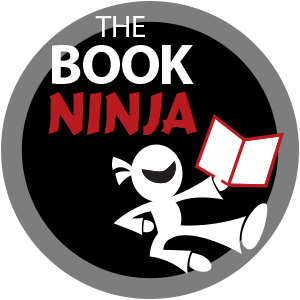Have you ever noticed how easy it is to find flaws in others? We can easily see that her outfit doesn’t really work, or that he is a little shy on manners, all the while overlooking the fact that we have a long piece of toilet paper stuck to our shoe and it’s leaving a wake of smirking onlookers behind us.
The same holds true in writing. It’s easy to see errors in other people’s work, but when it comes to editing our own work… ugh. After we’ve gone through the work of carefully choosing each word, it’s painful to remove any of them—much less a whole sentence or (gasp!) an entire paragraph. But if you want to improve your writing, you must practice the art of self-editing. Here are a few tricks of the trade to help you edit your work:
Set your work aside for at least 24 hours.
When you’ve placed your words on paper only moments earlier, it can be difficult to see an alternative way to write them. Time allows you to distance yourself from your writing so you can look at it objectively.
- Stephen King puts his completed manuscripts in a drawer for a month before editing them.
Read your work aloud.
If you stumble over the words or flow, if the meaning is unclear, or if the dialogue sounds unnatural to you, it will likely trip up your reader as well.
Omit needless words. Flowery language can wear out your readers and tank your SEO efforts. Get to the point.
- Simple fix: Cut the word “that” if you can understand the sentence without it.
Avoid clichés. Using clichés is a lazy way to write. In essence, a cliché is parroting someone else’s creativity. Use your own brain! We’ve already read the clichés; we want to hear what you have to say.
Read your work like a reader—not as the writer.
Once you’ve written your article or book, read it as your audience would. Will your readers interpret your content the way you intend? Getting your message across is as much about your readers’ interpretation of your words as it is about writing.
- “To make a work come close to what we want it to be, we have to finish writing as a reader.” ~from The Artful Edit by Susan Bell
When in doubt, hire an editor or a proofreader, or both.
A good editor can help you shape your content and offer suggestions on how to move the words around for better flow and readability. A proofreader can catch those pesky typos and grammar errors.
***
Erin K. Casey is a freelance writer, editor and founder of MyWritersConnection.com. Her work has been featured in a number of publications including SUCCESS magazine, Empowering Women, Your Business at Home and Making It Work at Home. She is the author of Zany Zia’s Hats to Where: An All Knight Adventure and the books editor for SUCCESS Media.

![[Guest Expert] Erin K. Casey: The Art of Editing Your Own Writing](https://migrate.thebookninja.com/wp-content/uploads/2011/05/AdobeStock_190266225.jpeg)
